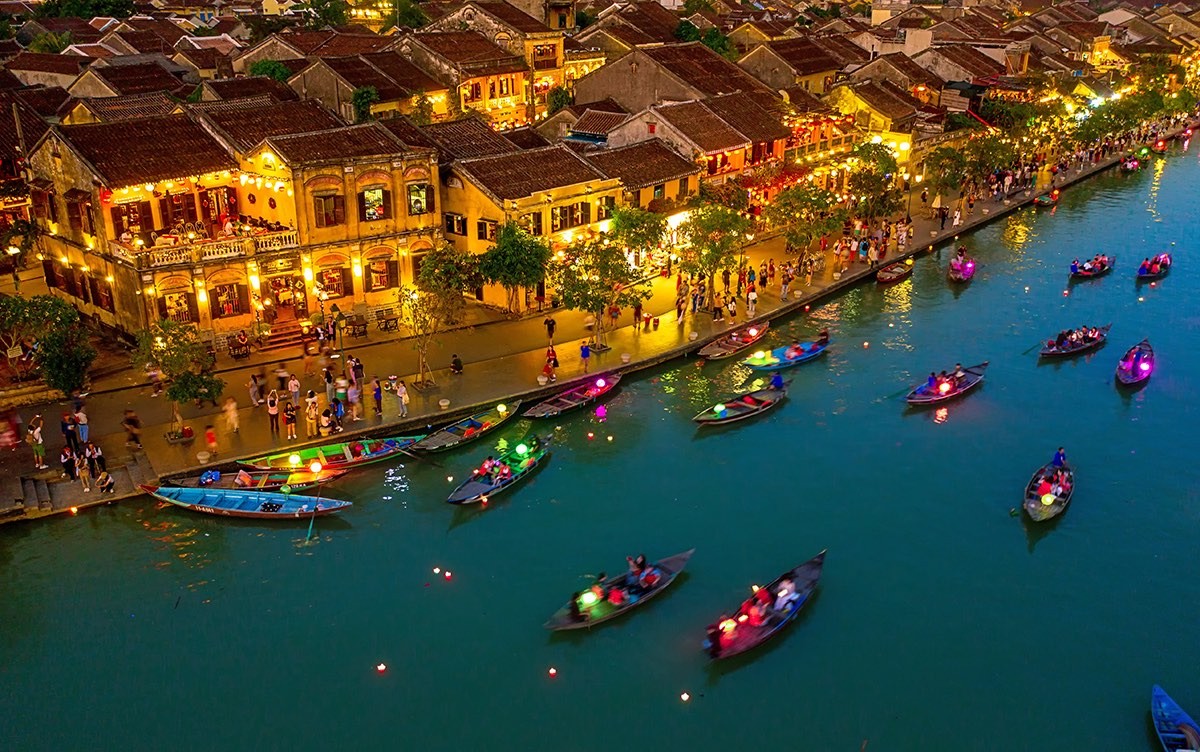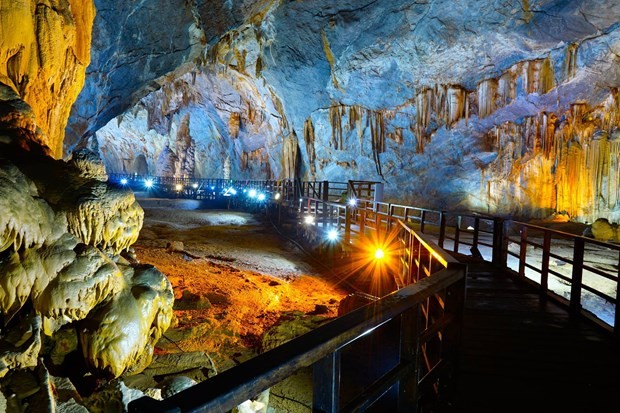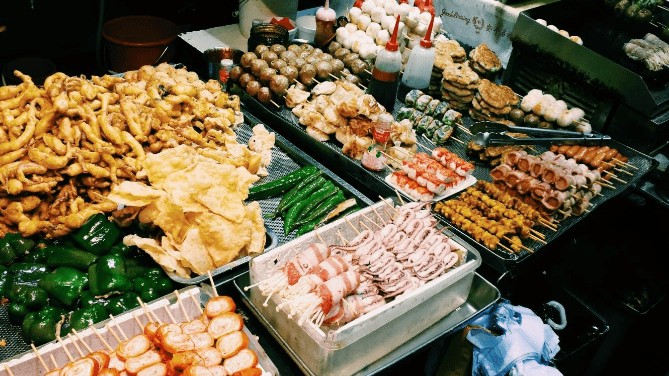
Ha Long Bay, Hoi An, Phong Nha-Ke Bang among most favourite UNESCO heritage wonders in SEA
Latest
 |
| UNESCO-listed Ha Long Bay, one of the most beautiful places in the world, was ranked first in the list. (Photo: Thai Binh) |
UNESCO-listed Ha Long Bay, one of the most beautiful places in the world, was ranked first in the list.
It was recognised by UNESCO in 1994 and again in 2000 as a world natural heritage for the beauty of its landscape and its geological and geomorphological values.
The bay, located in northern Quang Ninh province, is 165 kilometers from the capital city of Hanoi. It covers an area of 43,400 hectares and including over 1,600 islands and islets, and most of the bay is uninhabitated and unaffected by humans, according to UNESCO.
"Lying prostrate aboard an old wooden junker, peering out across the emerald waters as jungle-covered precipices rear out of nowhere isn’t the only way to experience Cat Ba Island’s Halong Bay – it remains among the best, though," Wanderlust wrote.
The magazine commented: "These limestone karst pillars aren’t unique to Vietnam, but nowhere on Earth is their scale so dramatic, sprouting some 1,600 spines from the waters of the Gulf of Tonkin, birthing towering islands and islets out of bounds to all but the native seabirds that have made them home.
"The site was first inscribed by UNESCO in 1994. Twenty-something years later, little has changed except how to see them and the increasing numbers of those who have. The slow-screw of erosion has notched hidden caves and dramatic arches into many of its rises.
"Kayak out for a more intimate look at the likes of Thien Cung, famed for its impressive stalagmites and stalactites; or drift past oysters farms and floating villages – ramshackle constructions linked by trembling walkways – to seek out secret beaches away from the boat-going hordes," it added.
 |
| The ancient town of Hoi An in central Vietnam is placed sixth on the list. |
The ancient town of Hoi An in central Vietnam is placed sixth on the list.
"Far removed from the fogs of exhaust that envelop many a visit to Southeast Asia, UNESCO-listed Hoi An is a quiet, sculpted riposte to the pace of modern Vietnamese life," Wanderlust described.
"It wasn’t always the case, though. The city was once a thriving port town and home to merchants from across Asia until the Thu Bon River silted up some 200 years ago and the traders moved on elsewhere."
According to the magazine, reminders of Hoi An’s multi-cultural past abound in its French-style buildings, Chinese Quarter and dainty Japanese-style covered bridge. The Chinese influence is particularly visible in the city’s assembly halls, each built according to the home province of its settlers.
"Traffic is banned from the centre, affording the chance to gaze undisturbed at the faded pastel facades, collonaded balconies, cafés, markets, tailors and boutiques that cluster the Old Town. All is peace, but for the ringing of temple bells and the clatter of visitors’ feet. It’s hardly a hidden escape, but it’s no wonder it's adored by so many," it said.
It suggested: "Walking along this picturesque town is like literally stepping back in time. The city is one big playground for Instagram savvies as its colorful structures, and charming architecture offer endless snap opportunities. One of the top attractions is the Japanese Bridge, and museums await history buffs."
"Tourists can also rent bikes to get the most out of Hoi An, a place straight out of a picture book," it added.
 |
| Thien Duong cave (Photo: Wanderlust) |
Thien Duong cave (Photo: Wanderlust)
Meanwhile, Phong Nha-Ke Bang National Park in Quang Binh province, central Vietnam, was inscribed in UNESCO's World Heritage List in 2003. It features great geological diversity and offers spectacular phenomena while harboring a high level of biodiversity and many endemic species.
Phong Nha is home to Son Doong, the biggest natural cave on the planet, as well as the third largest Hang En. The Blue Diamond camping site is near the historical Khe Gat field military airport.
"Despite boasting 885 sq.km of untamed evergreen jungle and some of the oldest karst peaks in Asia, neither is surprisingly the main draw at Phong Nha-Ke Bang National Park. That privilege goes to the stunning caves and underground rivers that vein the land beneath," Wanderlust said.
The magazine wrote that the park was recognised by UNESCO long before Son Doong Cave, a 5 km-long cavern so big one could fit a skyscraper inside, was named the world’s largest cave. That was opened to visitors in 2013, although guided trips into its gaping limestone maw are still in their infancy. More caves are being found all the time, with the glistening underground stalagmite field of newly discovered Hang Va becoming the latest to receive tours.

















